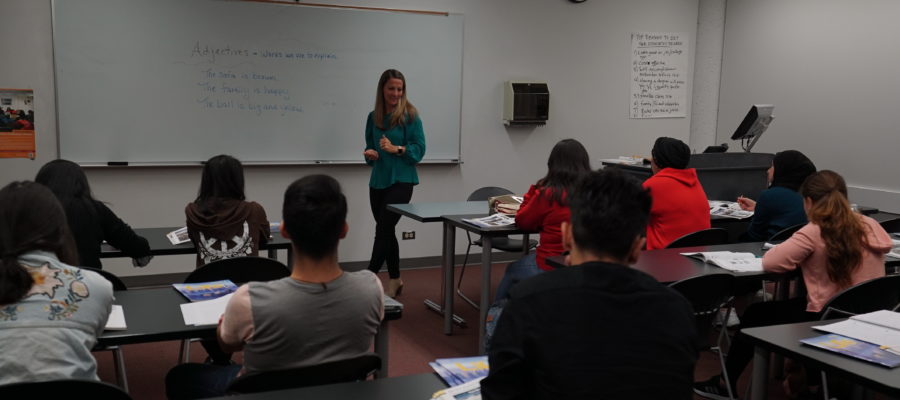Top doctor reveals the 3 worst things most people eat every day
12 unbelievable pet rescue stories. You’ll cry when you read #9!
We’ve all seen online links like these, often accompanied by an eye-catching photo of an attractive person, a load of cash, a cute animal, or perhaps something that makes you think “What’s that?” Links like these are called “clickbait,” and they’re arguably one of the most annoying things on the Internet. After all, if we do fall for their lure and click on them, we invariably end up losing time and gaining nothing useful in return. Despite this, there are lessons that ELT instructors can learn from clickbait.
The reason is in four things that clickbait does. First, it catches our attention. Second, it creates a “curiosity gap” and suggests that clicking on the link will lead to knowledge which fills that gap. And third, it delays filling the gap by breaking information down into bite-sized chunks, which forces us to keep clicking on link after link after link until, if we’re lucky, we finally get to learn what those three worst foods are or start crying as we read Rover’s heart-rending rescue.
These same three elements can work in the language classroom. Catching students’ attention and creating a curiosity or knowledge gap that they want to fill is a powerful way to engage and motivate students. And there are numerous studies that have shown a strong link between how engaged and motivated students are on the one hand and how much they learn on the other.
And breaking knowledge down into bite-sized chunks and then teaching and practicing it is an effective technique for two reasons. First, it means students don’t get overwhelmed with too much material at once. And second, the act of studying the material in order to decide how to break it down may even help to make it clearer in the teacher’s mind.
This is all well and good in theory, but how would it work in practice? For a simple example, imagine you have to teach the uses of any.
A clickbait-inspired approach might look something like this:
• Start by writing the following: “The uses of any. Most people don’t remember #3 or #4!” This should create a curiosity and knowledge gap because many students will be familiar with only two uses of any.
• Fill part of the gap by eliciting the two most common uses of any: namely, in questions and in negative sentences. If you wish, do some form of drill or other practice to reinforce these two uses.
• Elicit a third use of any by asking where to add that word to this sentence: Please contact me if you have questions. Explain that any is common in affirmative conditional sentences. Again, practice this usage if you wish.
Optionally, introduce the idea that any can be used in implied conditionals. That is, in conditional sentences where the conditional conjunction (usually if) is not stated directly, such as this sentence: Anybody would be happy to win a vacation (i.e., Anybody would be happy if they won a vacation.)
• Elicit a fourth use of any by asking which word in this sentence could be replaced with any: You can probably buy it at a drugstore. Explain that any can replace the indefinite article in an affirmative sentence like this one to emphasize that “it doesn’t matter which one.” Again, practice this usage if you wish.
There isn’t much to like about actual clickbait, but it’s nice that a clickbait-inspired approach may help keep students interested and motivated, especially virtual classes. For more ideas about how to teach virtual classes effectively, you may wish to watch a recording of my webinar on this topic available at https://webinars.eltngl.com/author/christien-lee/.


